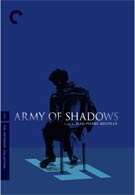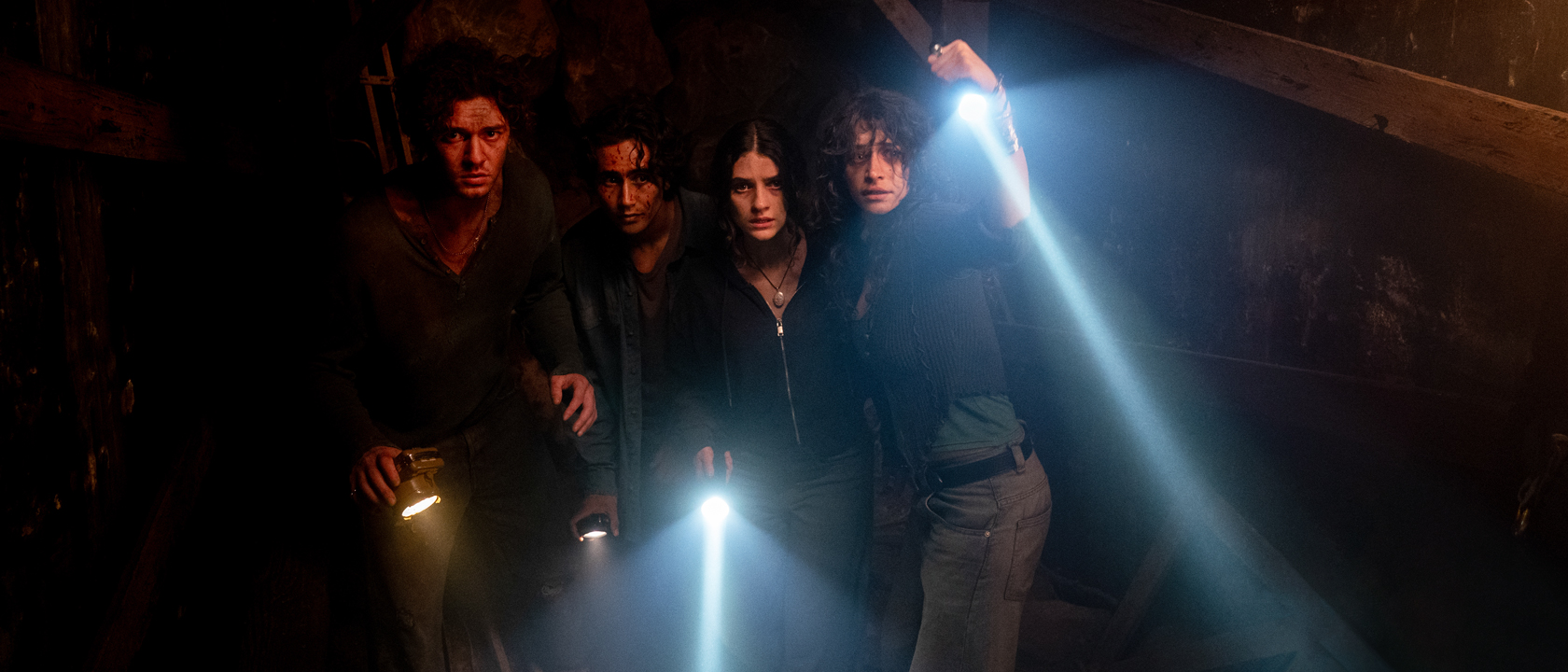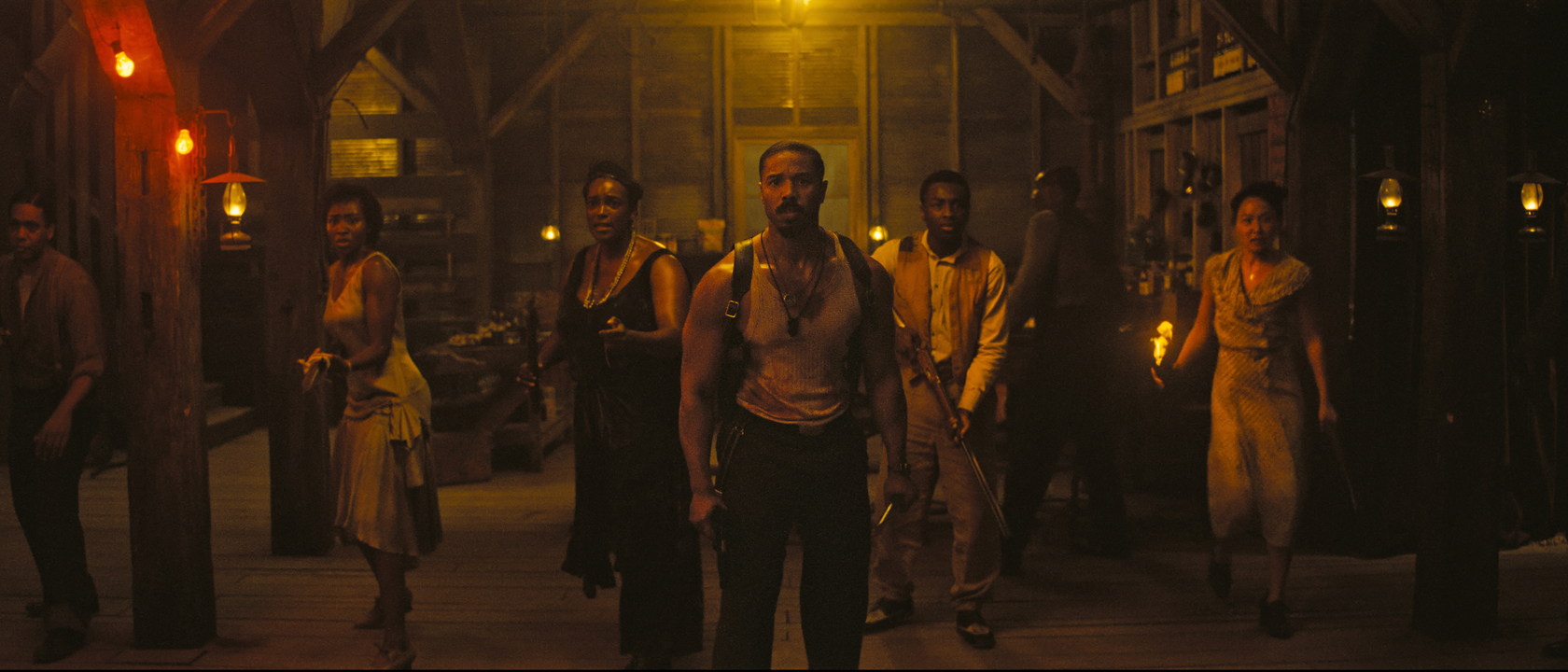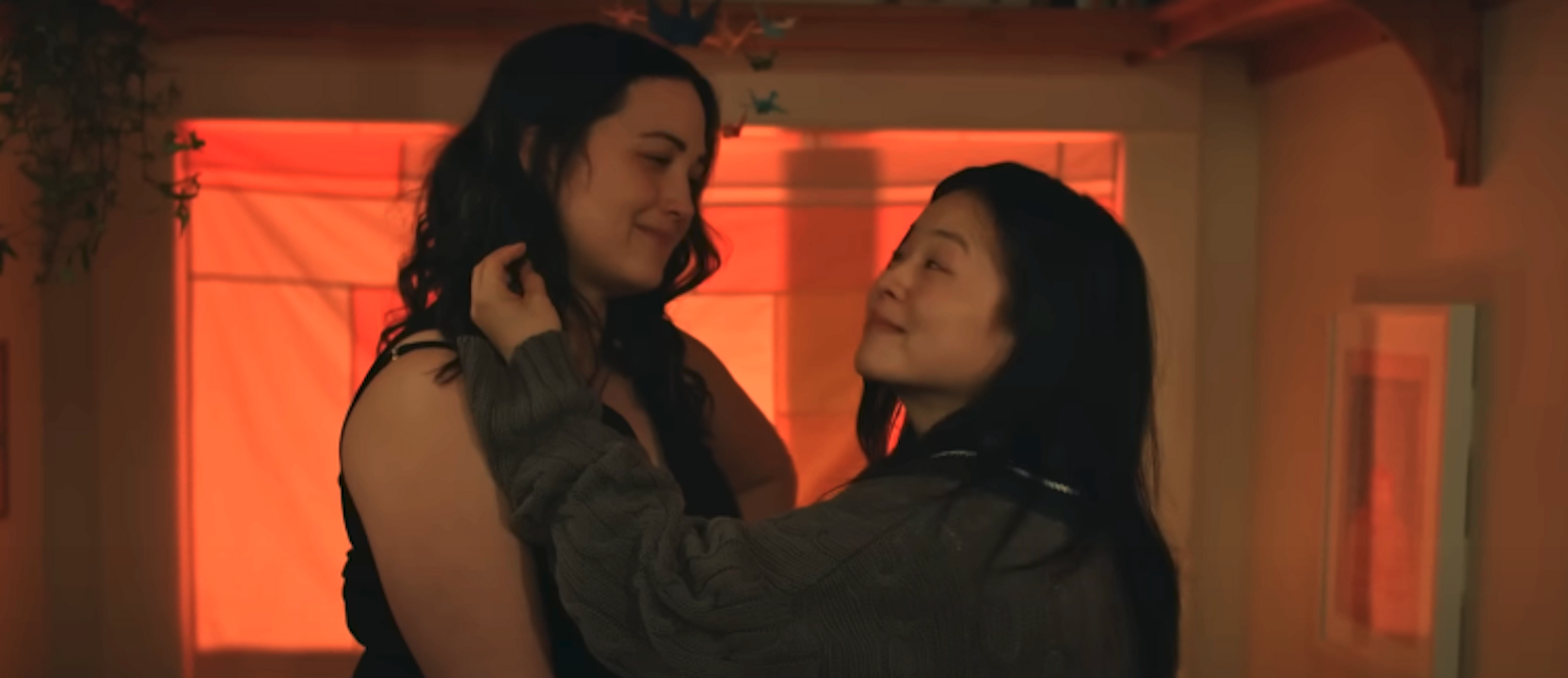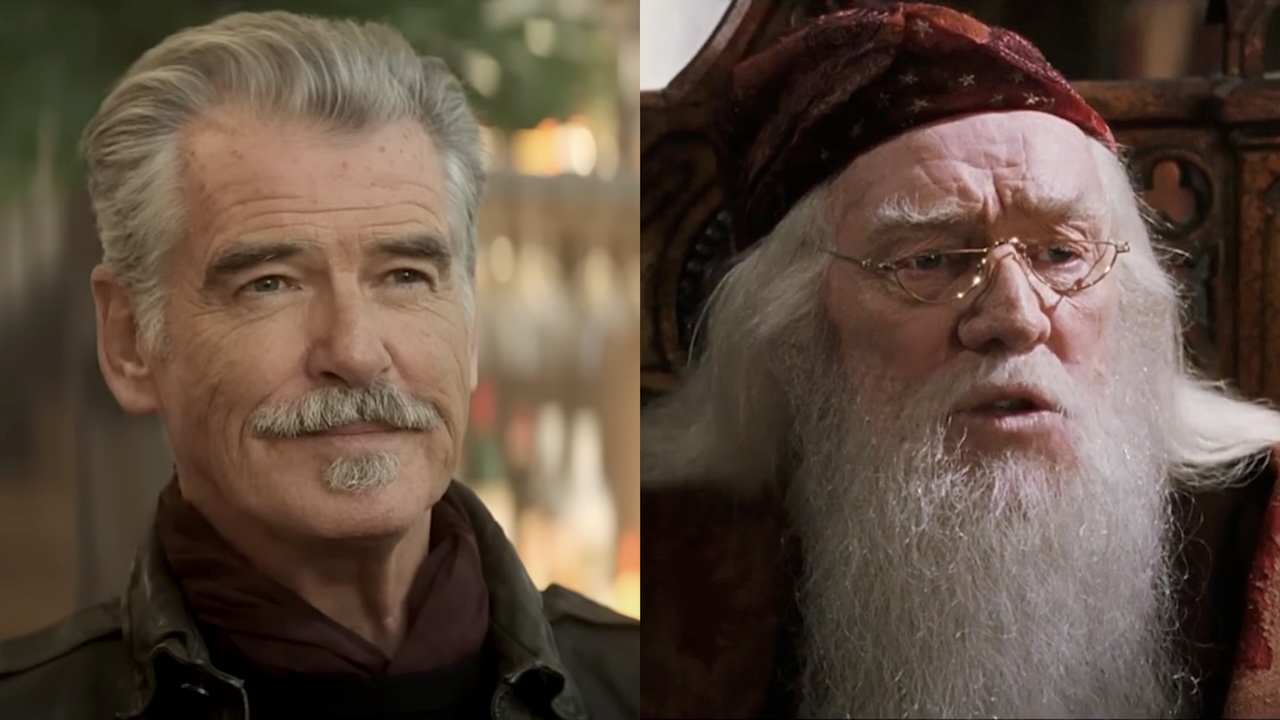Filmed in 1969, but only released in the U.S. last year, Jean-Pierre Melville’s Army of Shadows follows the French Resistance against the Nazi occupation during World War II. Yet, this sweeping epic doesn’t capitalize on vast battles between massive forces or national war strategies. Army of Shadows is a personal film that follows a handful of freedom fighters as they struggle with wartime murder, failed missions and the memory of an ideal. No uniformed soldiers raising a flag or pulling each other into fox holes to avoid an explosion are found in Jean-Pierre Melville’s Army of Shadows, but the wartime bond of brotherhood seeps into silences between the European philosophical colloquialisms. While most modern-day war films assault you with brutal realism in an attempt to provoke sympathy, the covert conflicts of the French Resistance to Nazi occupation is fueled by honesty and humanity.
Based on the 1943 book of the same title, Army of Shadows drops us into France in October of 1942, as Philippe Gerbier, a civil engineer, is on his way to a War prison camp. Yet, through actor Lino Ventura’s cool, Robert DeNiro-like demeanor and purposeful glare, it’s obvious this isn’t Gerbier’s first time in captivity, nor will it be his last. Gerbier’s escape plan is interrupted by a Gestapo transfer to Paris. While waiting for his turn in the (interrogation) chair, Gerbier escapes with the help of a fellow freedom fighter. This escape plan isn’t a meticulously designed out schematic; in fact, the entire plan hinges on a single sentence said by Gerbier to the man sitting next to him when the guard is turned. That isolated string of words is the beauty of Melville’s filmmaking. With a couple suggestive glances and brief instructions, Melville creates a desperate tension between two strangers who have no reason to trust each other. Like the best war films, the impromptu escape succeeds because of the bond between countrymen, except without the blow-hard speeches and melodrama.
To keep the ideals of the French revolution and themes of fraternity in the film’s forefront, Melville imposes an elliptical editing that disjoints the storyline and keeps us an arm’s length away from the characters. The progress of the revolution or who these characters were before the war is not important. All that’s important is how a civilian adapts and changes during an occupation. When a rat is discovered inside the Resistance cell, for example, the men sloppily carry out the trader’s execution. The villa they rented for the deed has neighbors within ear shot, which throws out the pre-planned use of a gun. Thus, three common men are charged with the task of quietly ending another man’s life. After much argument, the men decide on strangulation – making the murder all the more personal and devastating.
As these chronological vignettes and Melville’s familiar color palette of grays and muted blues and greens spill off the digital reel, voice-overs materialize from characters we’ve never met and traditional screen wipes, popularized by Japanese filmmakers such as Akira Kurosawa, are used to speed up time within the scene, as oppose to transitioning to the next scene. If unfamiliar with this style of visual storytelling, it can take some time for the mind to catch up with the massive amount of information displayed within Melville’s frame. Yet, it’s never disruptive enough to deter interest; at times, it intentionally makes you feel the confusion in espionage.
While some may point to his gangster genre exhibitions of Le Samourai or Le Cercle Rouge, Army of Shadows is the culmination of Melville’s career as a French New Wave director. While most of his brethren of the 1960s, including Jean-Luc Godard and Francois Truffaut, were content with filming art, Melville created art out of spectacle. It’s staggering how relevant the film remains today, given the current war-time climate. A land occupied by a foreign régime is a story that we are all too familiar with. While we might not see the fraternity of occupation during our time, Army of Shadows remains a cinematic tour de force and even sets the high bar for war films 37 years later. Given the film’s sorted history (it was not well received by the French public or critics at the time of its release), it’s amazing that Army of Shadow’s presentation is nearly impeccable. The Criterion Collection presents a stuffed two-disc set that features, first and foremost, a beautiful 1.85:1, anamorphic widescreen transfer. Melville loves to work with muted colors – gray, blues, greens, blacks – which could have been a DVD transfer disaster. But the video shines brightly, despite its dark nature. The swarms of grays, blues and greens are deep and rich, with very little evidence of film artifacts or debris.
True to its form, Criterion presents the original Dolby Digital 1.0 (mono) soundtrack. Mono is mono; there’s not much excitement you are going to get out of one speaker. However, Criterion also includes the Dolby Digital 2.0 (stereo) track created by Studio Canal from the original mono. While purists tend to stick with the way the film was originally presented (mono), I prefer the stereo mix, as it gives the film a full sound and helps highlight a lot of the auditory cues and music.
If the film’s presentation is the meat of the disc, then Criterion throws in an entire crop of potatoes. Fleshing out Disc One is an interesting audio commentary by film historian Ginette Vincendeau. Right off the bat, Vincendeau puts the film into its 1969 release context and how the French audience and critics reacted at the time. It’s amazing the difference the era makes. While the French were up in arms, crying out that the film was a glorification of the French Resistance, it now seems the film is much more fatalistic.
Moving on to Disc Two, the supplements open up for a comprehensive look at Melville, with interviews with the director of photography Pierre Lhomme and editor Françoise Bonnot. The discussion of Melville flows nicely into the archival video excerpts – including on-set, behind-the-scenes footage, interviews with Melville that almost seem to contradict Lhomme and Bonnot’s view of the director, cast members, writer Joseph Kessel and real-life Resistance fighters. The Resistance fighters are by far the most interesting aspect. Melville was seemingly involved with the Revolution himself, though his actual role is mostly unknown, and the on-screen bond of Revolutionary brothers is highlighted with the presence of the real-life Resistance fighters.
“Jean-Pierre Melville et L'Armée des Ombres” is a 2006 retrospective look at the director and Army of Shadows. The featurette is fairly brief and doesn’t breathe any new life into the supplements that previous material hasn’t touched on. The gem of the set, however, is Le journal de la Résistance, a rare documentary shot on the front-lines of the final days of the German occupation of France. In a short 30-minute timeframe, the doc. captures the national passion and hope behind the French Resistance explored in the film. An allegorical supplement that only Criterion would think to include (save the Region 2 BFI release that offers the doc. as well).
As if that weren’t enough, Criterion offers a booklet with writings from critic Amy Taubin, historian Robert O. Paxton and selections from Rui Nogueira’s “Melville on Melville.” The booklet is definitely worth a read, especially the excerpt from “Melville on Melville,” a rare book that sells for hundreds.
‘I Will Ache’: Justin Bieber Pens Emotional Tribute After His Grandfather Dies At 80
After Harry Potter Fans Pitch Pierce Brosnan As Dumbledore, The Famous 007 Actor Admits It’s Become A Running Joke Ahead Of The TV Series
A Ghosts Star Shared His Hopes When It Comes To Ghosts Being 'Sucked Off,' And I'm Right There With Him
